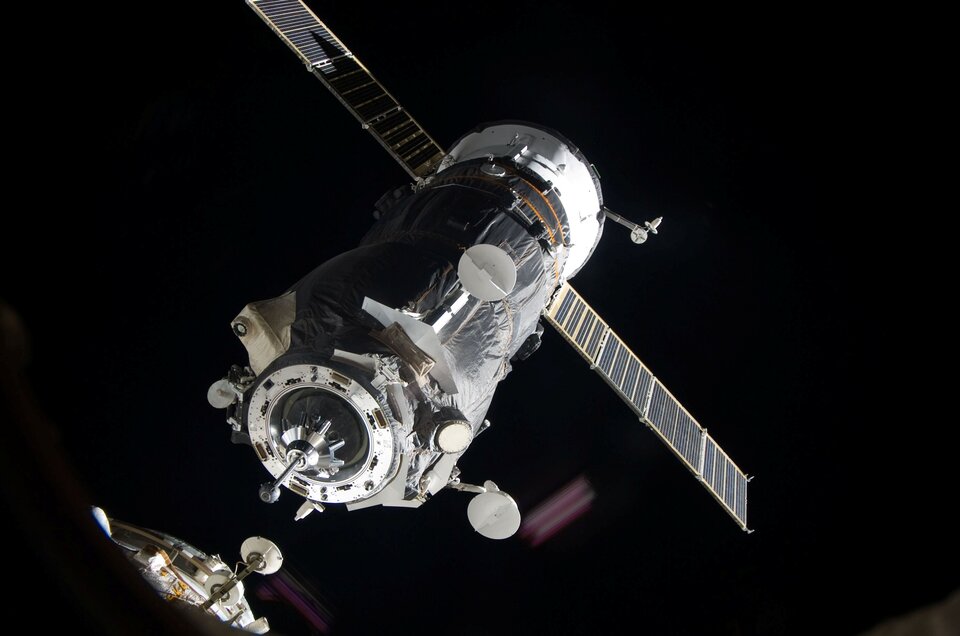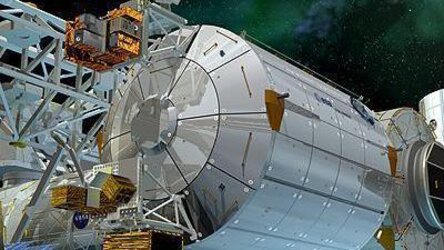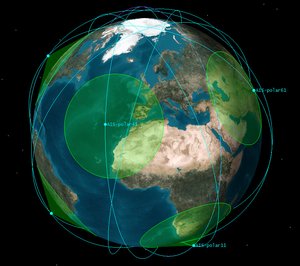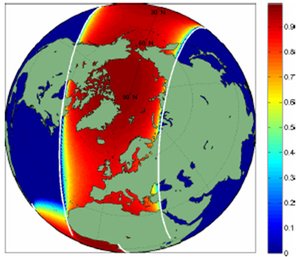AIS on ISS: Assembling the experiment
"We performed the COLAIS integration with external and internal hardware and software within a very short timeframe," explained Horst Koenig, Head of ESA’s ISS System Engineering Section, who was in charge of overall integration.
"We had very close cooperation with NASA and the Radio Amateur Satellite Corporation (AMSAT). The AIS antenna was provided to ESA by AMSAT, along with an additional antenna for the Amateur Radio on International Space Station (ARISS) group."
The receivers were delivered to the ISS by Japan’s H-II Transfer Vehicle in September 2009, while the external AIS antenna came up by Shuttle in November 2009.

Astronauts were instrumental in enabling the experiment. Columbus was not originally outfitted with the VHF antennas to capture the AIS signals; they were installed on the outside of the module by Randy Bresnik during a spacewalk, showing again the flexibility of the Station as a multi-purpose tool for a large variety of experiments.
The remaining piece of the system was the ‘ERNObox’ control computer, delivered on last month’s Russian Progress spacecraft. Finally, on 21 May, it was installed inside Columbus, along with the NORAIS receiver, by astronaut Timothy Creamer.
ERNObox, in itself an orbital demonstration of a new class of space computers being developed by Astrium Gmbh, Germany, was originally launched with Columbus in 2008. However, it was returned to Earth in the summer of 2009 when electronic problems were identified, for modifications and adaptation to COLAIS.
About COLAIS

COLAIS is an In-Orbit Demonstration project of ESA’s General Support Technology Programme, aimed at providing Europe’s space sector with opportunities for flight-testing new technologies.
Astrium Bremen in Germany was responsible for overall system integration, and contributed the ERNObox and a grappling adaptor (GATOR), used to attach the AIS antenna to Columbus. Antennas for both AIS and ARISS were built by AMSAT.
"Integrating COLAIS on the ISS and in Columbus required a substantial amount of work and coordination with the many parties involved," said Daniele Laurini, the Mission Manager for the current ISS Increment.
"The early positive results of this experiment are a good reward for all those involved and further reinforces the need to use this incredible platform, the ISS, in all possible ways, not only for scientific reasons."
| This article continues... |
|
| |
|










